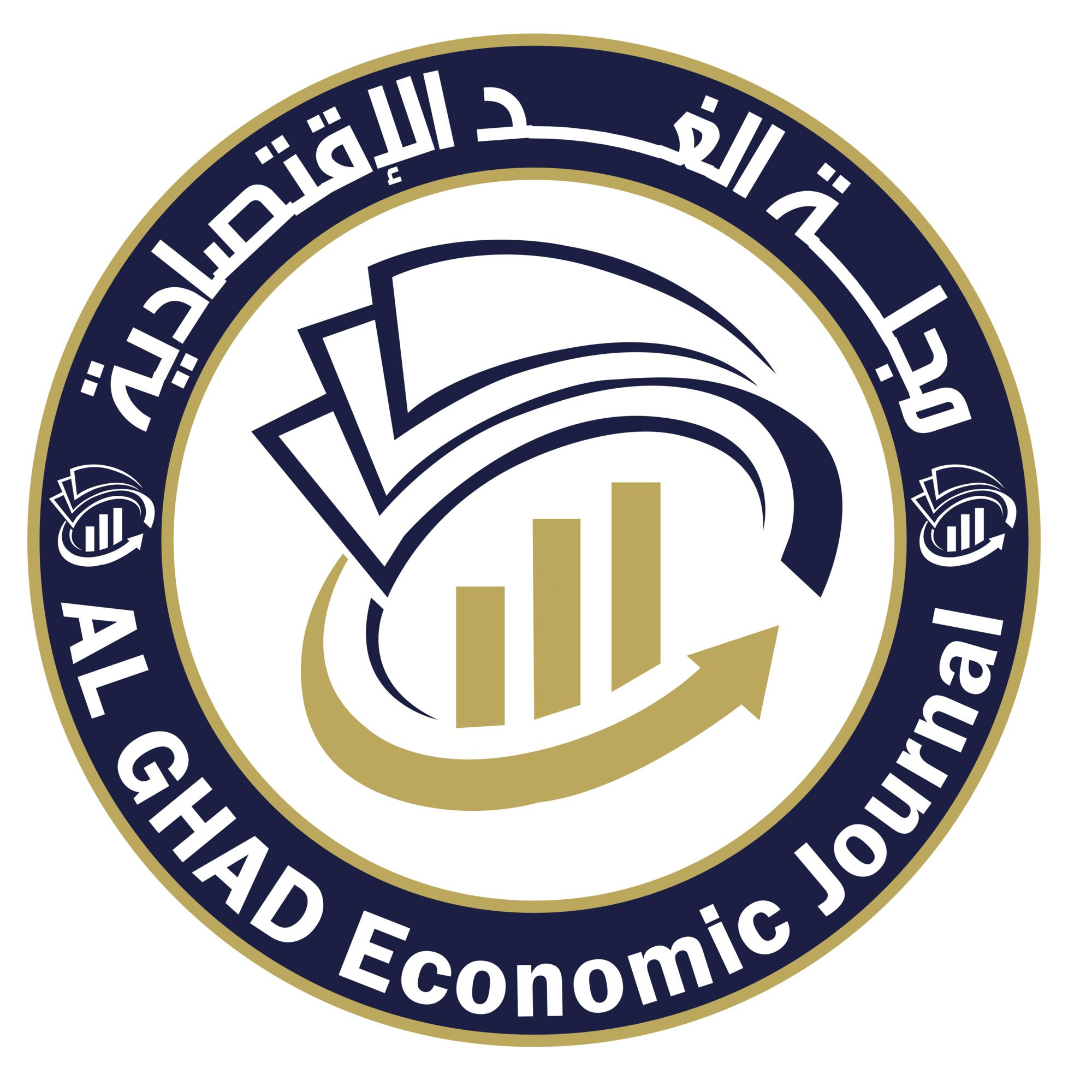The critical review aims to evaluate the direct and indirect impact of capital adequacy on banking performance. The current review summarizes research on the impact of capital adequacy and mediating factors on commercial bank performance. Most studies used panel data regression, while some used structural equation modeling. Methodological differences affect the results and comparability between studies.
Research gaps include the need for longitudinal studies and the impact of risk management strategies.
Studies have shown a positive relationship between capital adequacy ratios (CAR) and profitability. Studies suggest that high CARs help banks absorb losses and reduce the risk of bankruptcy. Contradictory evidence exists, with some studies showing negative effects on profitability. Furthermore, the review showed that credit risk is affected by non-performing loans, which threatens bank stability. High CARs can also lead to excessive lending, which impacts profitability. Credit risk also negatively impacts profitability measures such as return on equity/return on assets. The critical review indicated that liquidity risk affects a bank's ability to meet its short-term obligations, and that high capital can help withstand liquidity shocks, but overdrawn balances are detrimental. High capital adequacy ratios may lead to increased operating costs, impacting profitability. Macroeconomic factors, such as growth, inflation, and interest rates, also shape the relationship between capital and performance. Furthermore, previous studies have indicated that developments in financial technology (FinTech) complicate the relationship between capital adequacy and performance. New technologies can improve efficiency, but they require adequate capital, and studies have shown mixed effects of capital adequacy on performance in the FinTech context. The discrepancy in results may be due to differences in one or more of the methodological elements used.
The review recommends that future research focus on long-term effects, the interactions of mediating factors, and evolving regulatory implications.





 موقع الجامعة
موقع الجامعة موقع المؤتمر العلمي للجامعة
موقع المؤتمر العلمي للجامعة